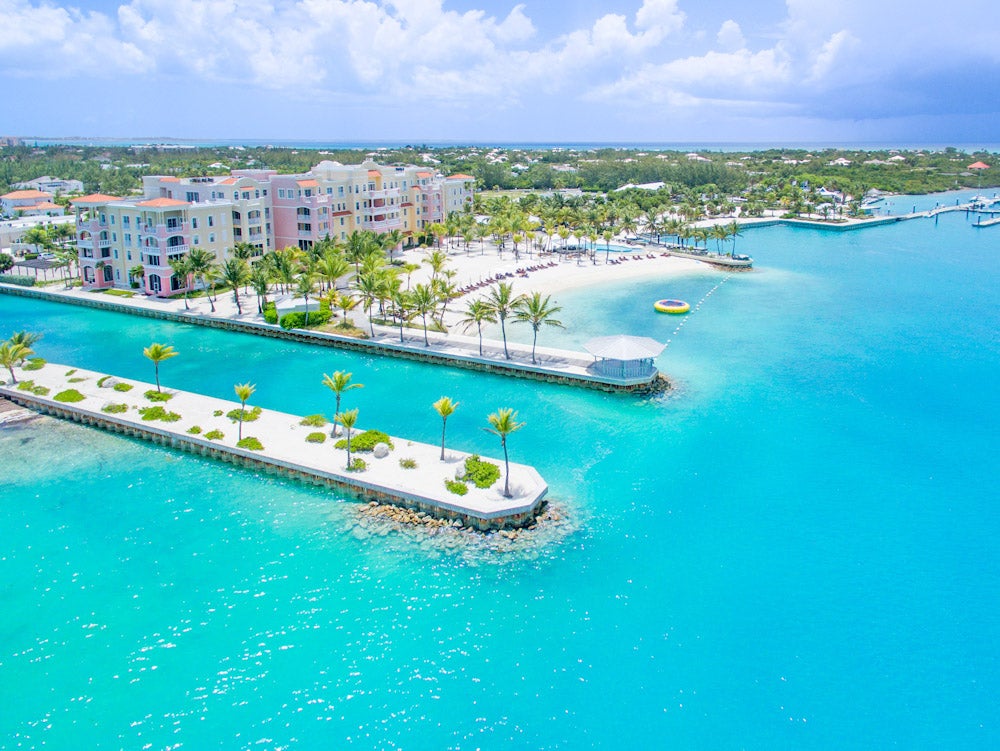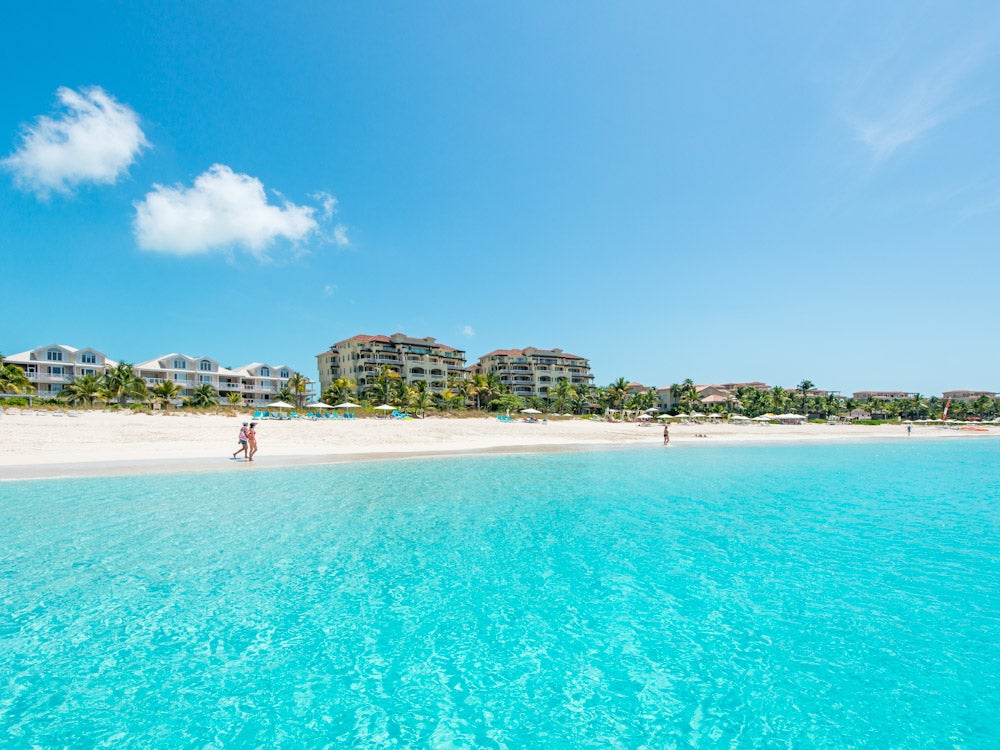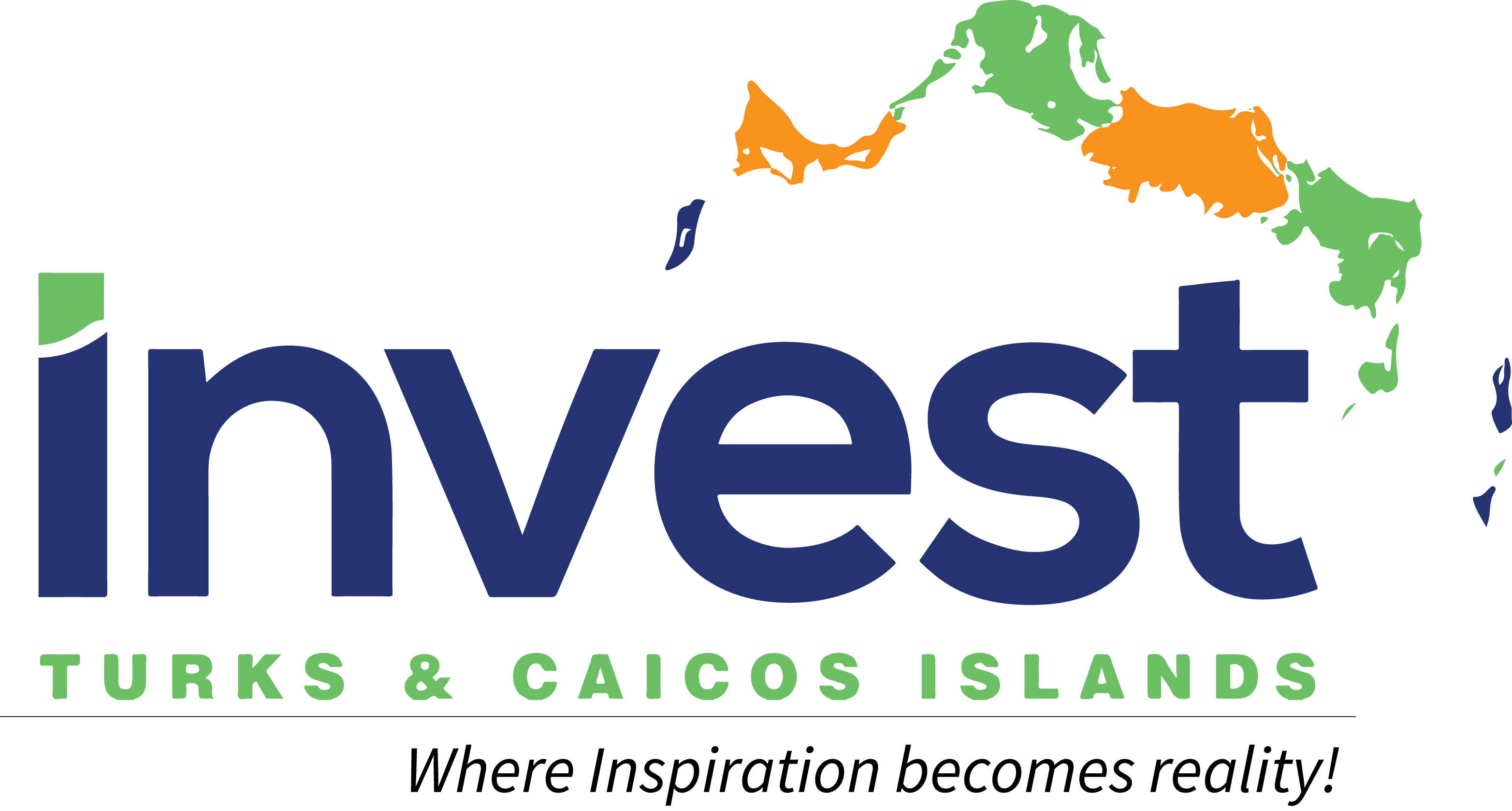
Covid-19 decimated the global tourism industry. In the Caribbean, where eight out of the ten most tourism-dependent economies exist, the pandemic’s impact was even harsher.
When Covid-19 shut borders in early 2020, travel and tourism GDP fell 53.2% in the Caribbean, worse than the global average of 50.4%, according to the Travel & Tourism in the Caribbean: Prospects for Growth report from the World Travel and Tourism Council.
The sector is clawing its way back, though. In 2021, the region’s tourism contribution to GDP reached 36.6%; globally, tourism’s contribution hit 21.7%. However, the Caribbean’s contribution was still 36.1% below the 2019 level.
Even while the sector is growing post-Covid-19, tourism is yet to reach its full potential in the Caribbean. This is due to “a lack of air connectivity, the high cost of air travel, and a need for more investment in digital solutions, infrastructure and human capital, better crisis preparedness and a focus on environmental protection,” the report found.
Despite a serious need for infrastructure investment, between 2022 and 2032, travel and tourism’s contribution to global GDP is estimated to grow at an average annual rate of 5.8%, with the Caribbean’s sector potentially seeing 6.7% growth. Now, countries in the region are actively investing in infrastructure and diversifying their sectors to turn those projections into reality.
The rebound of tourism in Turks and Caicos
In one Caribbean nation, the Turks and Caicos, the tourism rebound is in full swing with 2022 figures surpassing 2019 levels, and island officials expect the growth to continue. Data shows that 2021 stayover arrivals approached 2019 figures, but were still just shy of pre-pandemic figures. Cruise arrivals remained low in 2021 as the industry was still suffering from the pandemic fallout.
In August, the Turks and Caicos were the world’s top trending travel destination for fall 2022 on TripAdvisor.
New infrastructure, hotels, condos and new tourism offerings have been part of the draw for a growing number of visitors, but Covid-19 put the islands on the map as people looking to escape lockdowns turned to the sunny, serene islands for a getaway.
“We had the private villa market explode when the gates opened [post Covid-19 lockdown], which trickled into the condo or hotel properties, which allowed for an unprecedented number of arrivals,” says Stacy Cox, the CEO of the Turks and Caicos Hotel and Tourism Association.
As the number of arrivals climbs, the number of businesses also grows. “Small businesses took off,” Cox says. “Those were busy and continue to be busy. Local craftsmen’s businesses and restaurants really exploded on the other side of the pandemic, which allows for a more diverse experience when visitors come to the islands.”
Tourism represents more than 75% of the Turks and Caicos’s gross domestic product, and based on the first three quarters of 2022, stayovers and land-based arrivals will surpass 2019 figures by 15%, Tourism Minister Josephine Connolly says.

“These figures show that 2022 is positioned to be more successful than 2019 in stayover and land-based arrivals, which was one of the most successful years on record,” Connolly says. “We are confident that tourism will only continue to grow, thanks to the hard work of our local communities, which continue to make the Turks and Caicos islands one of the world’s most desirable travel destinations.”
Looking ahead to 2023, new luxury hotels and residences are set to open to satisfy the demand from the growing number of visitors and second-home owners, including the Bight Hotel, South Bank and the Strand. The new South Caicos airport and advancements on Grand Turk will make these sister islands easier to travel to. Looking further afield, the new international airport at Providenciales will not only provide an improved visitor experience, but it will also allow more room for added flight routes to accommodate the surge in visitor arrivals.
“On land or below the water, guests can relax in the unique serenity, hospitality and beauty of our extraordinary destination,” Connolly says.
More to offer than beaches
The Turks and Caicos are known for being home to the “world’s best beach”, but there is so much more on offer.
In Grand Turk, history buffs can learn at the Turks and Caicos National Museum before visiting the salt ponds, the Grand Turk Lighthouse and the ruins of the US Navy Base. In South Caicos, those seeking an adrenaline rush can enjoy bone-fishing and kiteboarding. For the eco-tourist, the islands of Middle Caicos and North Caicos provide endless exploration through the Conch Bar Caves, Mudjin Harbour, lush farmland brimming with tropical fruit and amazing birdwatching at Flamingo Pond Overlook, while on Salt Cay, visitors can immerse themselves in history and witness the majestic migration of humpback whales. Lastly, those seeking an ultra-secluded and five-star experience can visit the private islands of Parrot Cay, Ambergris Cay and Pine Cay.
The islands have developed rapidly, with Cox – who has been in the tourism industry there for 25 years – remembering gravel roads and the days where only four flights would land. Now, she says, there are days where 17 flights are touching down on the tarmac.
Island officials are committed to further growth in the sector and developing local talent to bring the sector into the future.
“Previously, there weren’t many locals working in the industry or interested in the industry. Now, we have six or seven properties that are managed by locals and are doing extremely well,” Cox says.
With more locals in the sector, the tourism offerings are diversifying, and Cox is hopeful that diversification will continue further.
“The Turks and Caicos Islands truly have something for everyone, and we are excited for everyone to experience it,” Connolly says.
To learn more about FDI and related legal information in the Turks and Caicos islands, download the specially commissioned white paper on this page.


